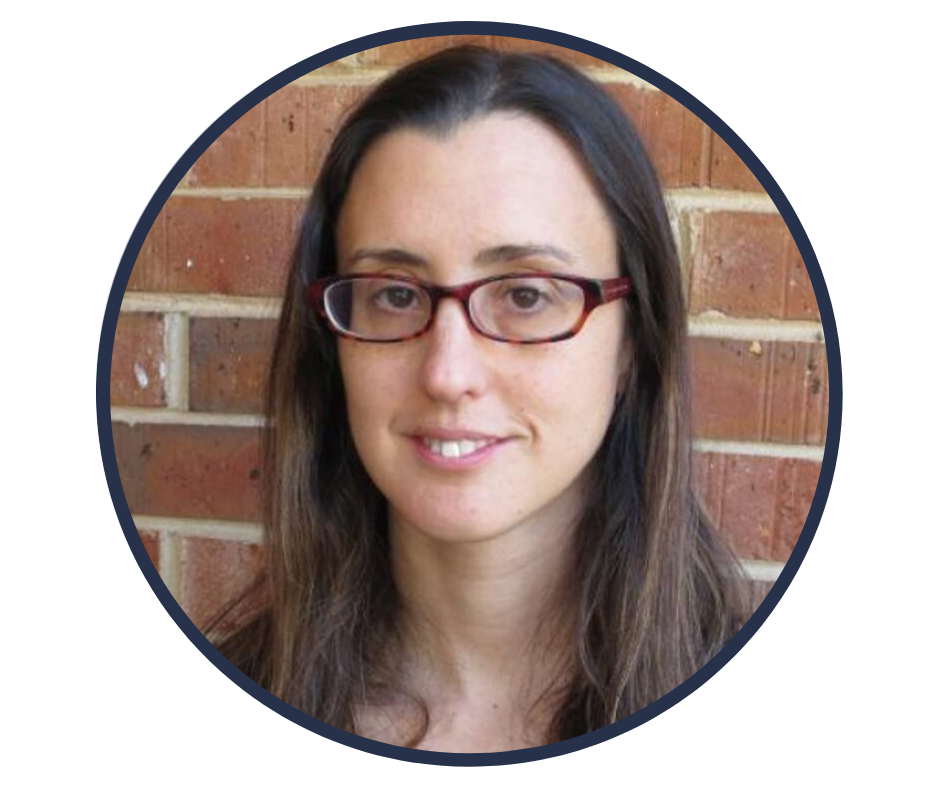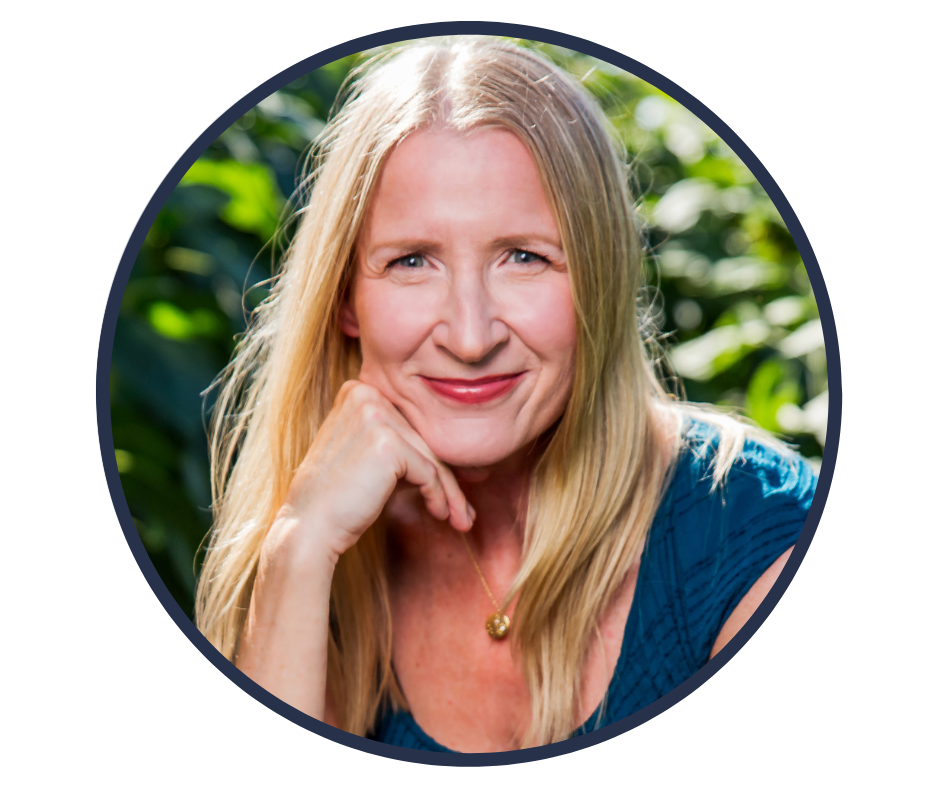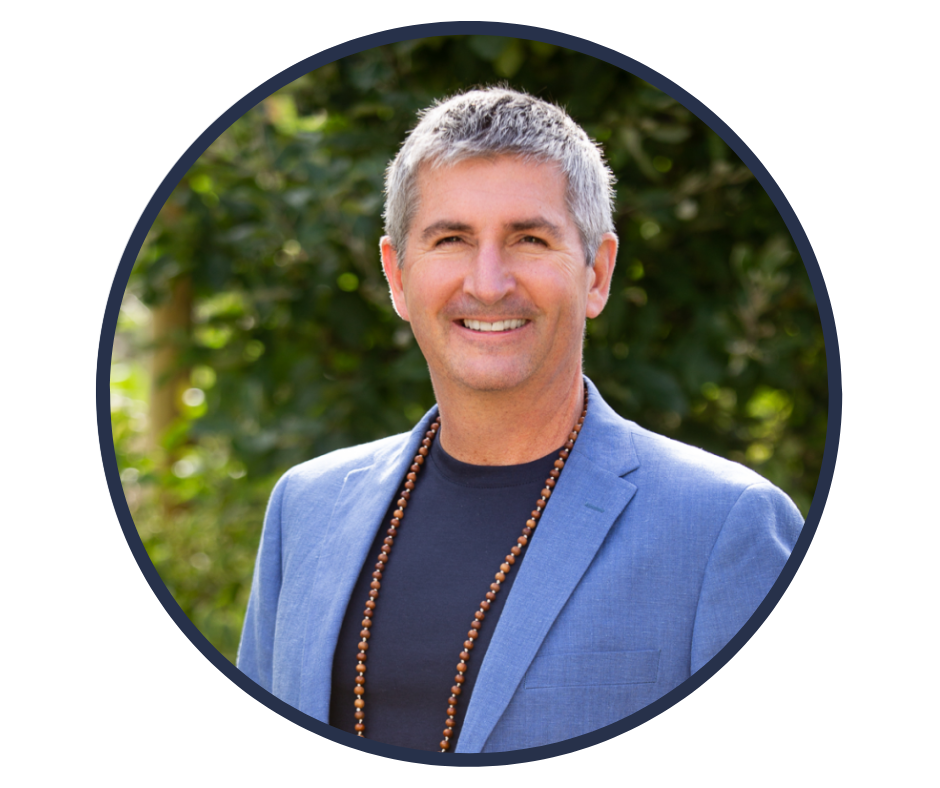Yoga and Science in Pain Care - Grief and Pain, Both Living Things
By: Cheri Dostal Ryba, C-IAYT FME3 ∙ Estimated reading time: 4 minutes
By: Cheri Dostal Ryba, C-IAYT FME3 ∙ Estimated reading time: 4 minutes
This is the 13th blog post in a series based on the Yoga and Science in Pain Care Book Club, a 15-part course based on the book of the same title, by Neil Pearson, Shelly Prosko, and Marlysa Sullivan. You can find the blogs corresponding to Chapter 1, Chapter 2, Chapter 3, Chapter 4, Chapter 5, Chapter 6, Chapter 7, Chapter 8, Chapter 9, Chapter 10, Chapter 11 and Chapter 12.
Grief and pain, both living things
Grief and I have taken many long walks together. Many deep slumbers, forward bends, exhales lingering into the pause. We’ve often gazed through trees lining a forest trail or followed clouds crossing the sky. Lately, we pause at the kitchen window to welcome the sun’s late morning warmth to stream down my face and fill my heart.
There’s something good to be found in our grief, and I believe pain presents a similar invitation to meet ourselves honestly as we are, to shore up rest and kindness, and remember what it means to go on living.
Yoga and Science in Pain Care: Treating the Person in Pain offers a wonderful map for providers to support people in these normal, common lived experiences. Grief can naturally follow any type of loss - whether bereavement of a loved one’s death, divorce, or job loss, or a chosen change like relocation or a necessary shift in family dynamics. All change requires adaptation, which can test our compassion, courage, and resources.
Another distinct type of loss occurs when one lives with pain, which we explore in Chapter 13: Pain, A Loss to Be Grieved by Antonio Sausys. Researcher Pauline Boss coined the term “ambiguous loss” to describe the experience of loss lacking closure or understanding. Pain, as an often ongoing and uncontrollable lived experience without a clear end or closure, can create changes in one’s sense of Self and daily life that result in “disenfranchised grief.” The lack of closure, and at times blatant misunderstanding and judgments from society on the ambiguous loss of chronic pain can make it more difficult to come to terms with and accept. We see this gap culturally by the fact we don’t have many, if any, rituals for supporting people with grief or pain.
The shared physiology of grief and pain
Whether physical or psychological, and often both, grief and pain share similar neurological pathways. Emerging studies on grief show inclusion of amygdala activation, as well, which leads me to suspect that prolonged suffering from grief and pain may stem from viewing it as a threat or something to be avoided at all costs. Building nervous system capacity through the lens of one’s behaviors, preferences, and restoring more choice may offer the space needed to respond, rather than react to pain.
Being with discomfort requires normalizing human discomfort, welcoming it with titration, and being witnessed. A skilled observer maintains a sense of social connectedness and belonging that can ease the journey. This presence can help one access the ventral vagal aspect of the autonomic nervous system through what’s known as co-regulation. While this can often be found in existing relationships and communities, sometimes a neutral party with professional experience, like a yoga therapist, can offer grace, skillful inquiries, and more readily received and highly personalized practices.
Naming primary and secondary losses
Pain challenges our attachments to identity, good health, self-image and the activities we’ve grown accustomed to in daily life. When pain makes normal life difficult, or certain activities feel impossible, we can consider this pain experience as a primary loss to be grieved.
Further examining the reality of all the secondary losses that follow, represented by the ways daily life becomes altered due to pain, we can see how widespread grief likely is for people living with pain. In yoga, we hold the value of svadhyaya, or self-inquiry. I’ve found it very helpful, both personally and professionally in supporting clients, to write down the primary loss and any secondary losses that come to mind. This simple list-making activity provides a powerful access point for recognizing the impact of one’s pain, and the associated grief that may result.
Practice, and surrender the outcome
Both grief and pain create a highly subjective experience, and we can use this to our advantage in yoga. Chapter author, Sausys, names abhyasa and vairagya as two main components underscoring the efficacy of yoga practices for grief and pain relief. Abhyasa refers to diligent and persistent efforts towards cultivating stability within ourselves. In a way, we replace our attachment to what was lost, taking up the reins to instill yoga practice as a habit that helps us remember we can guide our attention, our breath, and over time our responses. By making meaning, and finding tools and practices for coping with our lived experience more skillfully, we regain some sense of control over the untamed, uncontrollable nature of being human.
We practice wholehearted acceptance and surrender the outcome by practicing the principle of vairagya. We remember that well-being transcends the temporary discomfort of grief and pain, and always exists under the veils of conditioning, fear, and aversion. By practicing with relative consistency, we come to see and dissolve these veils, residing more fully within ourselves.

Gifts of impermanence
Knowing it’s normal for our experience to fluctuate invites us to welcome and prepare for the varied weather of both a pain process and the waves of grief that evolve within. Pain and grief can both sometimes get clutched tightly as if no one could possibly understand this suffering - it is ours alone.
Yet when we share our stories and are met with empathy and care, we realize the universality of this heartache. We can loosen our grip and remember it - we - are always alive and changing. This truth returns some power and agency to the experiencer - learning how to better weather each passing storm or drought with more resourcefulness, skill, and support.
I appreciated the transparency with which Sausys shared his own experience of acute pain at the opening of the corresponding webinar for Chapter 13. This modeling of satya, truthfulness, and vulnerability from the author brought a level of humanity to the topic and invited us all to be more honest and compassionate with each other.
Click here to learn more about Chapter 13
of Yoga and Science in Pain Care
or
Click here to view the complete series
References:
Pearson, N., Prosko, S., Sullivan, M. (2019) Yoga and Science in Pain Care: Treating the Person in Pain. Jessica Kingsley Publishers
Yoga and Science In Pain Care: Chapter 13 online course Feb 2021. Embodia.
Ryba, C. (2022) Chapter 3, Body Wisdom, Pelvic Yoga Therapy for the Whole Woman: A Professional Guide. Singing Dragon Publishers
---
Date published: 23 April 2024
Last update: 30 April 2024

C-IAYT FME3
Cheri Dostal Ryba has devoted two decades to embodied inquiry & transformation as a movement educator, personal fitness trainer, dancer, C-IAYT yoga therapist, and author. Cheri's approach weaves the cyclical wisdom of nature with polyvagal-informed whole-person pelvic care. Cheri served 7 years as a founding co-director and lead faculty of the accredited C-IAYT training program, AlcheMe Yoga Therapy, and continues to mentor yoga professionals. Her first book, Pelvic Yoga Therapy for the Whole Woman: A Professional Guide published in 2022. Cheri’s 9-month embodiment program, Inhabit, enrolls each September.
Learn more at www.cheridostalryba.com.

MA, IGT, CMT, C-IAYT
Antonio Sausys is a somatic psychologist and yoga therapist specializing in grief counseling and therapy.
He studied with Hugo Bilsky and Yoga masters and teachers such as Indra Devi, Ram Dass, Swami Shankaradevananda, Swami Ekananda, Babashi Singh and Swami Mairtreyananda. He has continued his professional development with training in Integrative Grief Therapy with Lyn Prashant, Foot Reflexology, Swedish Therapeutic Massage and Reiki.
Antonio presents his work both nationally and internationally at Schools and Universities and leads retreats at Ashrams, Retreat Centers and Yoga Studios., is a member of the World Yoga Council, the International Association of Yoga Therapists, a TV Host for YogiViews and the founder and Executive Director of ‘Yoga for Health’ the International Yoga Therapy Conference. He is the author of ‘Yoga for Grief Relief: Simple Practices for Transforming Your Grieving Mind and Body’ (New Harbinger).

MPT, C-IAYT
Marlysa is a physiotherapist and yoga therapist with over 15 years of experience working with people suffering with chronic pain conditions. She is an Assistant Professor in Yoga Therapy and Integrative Health Sciences at Maryland University of Integrative Health and holds an adjunct position at Emory University, where she teaches the integration of yoga and mindfulness into physical therapy practice in the DPT program. She is also the author of Understanding Yoga Therapy: Applied Philosophy and Science for Well-being and co-editor of Yoga and Science in Pain Care: Treating the Person in Pain as well as several peer-reviewed articles.
Marlysa has been involved in the professionalization of the field of yoga therapy through the educational standards committee of IAYT, which helped to define the competencies for the field, and in characterizing the yoga therapy workforce through research. Her research interests focus on defining the framework and explanatory model for yoga therapy based on philosophical and neurophysiological perspectives.

PT, C-IAYT, PCAYT
Shelly has been helping people recover and flourish since 1998 as a physiotherapist, yoga therapist, educator, author and pioneer of PhysioYoga, blending evidence-informed body-mind-breath-spirit-heart centered practices and principles, such as yoga, into physiotherapy with a focus on chronic pain, pelvic health, compassion in healthcare and professional burnout. She is on faculty at several therapy programs, presents at medical conferences globally, contributes to academic research and writing, provides classes, courses and resources for the general population, and offers continuing education courses and mentorship for professionals.
She considers herself a lifelong student and emphasizes the immense value gained from clinical experience and learning from those she serves, the professionals she teaches, and the colleagues with which she collaborates.
Shelly is the co-editor/author of the book Yoga and Science in Pain Care: Treating the Person in Pain and has authored numerous book chapters in a variety of rehabilitation textbooks.
She maintains a clinical practice in Sylvan Lake, Alberta and believes compassion (including self-compassion), meaningful connections, spending time in nature and sharing joy are powerful contributors to rehab and well-being.
Visit www.PhysioYoga.ca to learn more.

PT, MSc(RHBS), BA-BPHE, C-IAYT, ERYT500
Neil is a physical therapist, yoga therapist, author, researcher, Clinical Associate Professor at the University of British Columbia, faculty in three IAYT-accredited yoga therapy programs, board member for the International Association of Yoga Therapists and pain care advocate. He conducts research into the effects of yoga on veterans with chronic pain and people with osteoarthritis. Neil is the recipient of awards honouring his work in pain care, patient education and physiotherapy by Queen’s University, the Canadian Pain Society and both provincial and national physiotherapy associations, including the Canadian 2021 Medal of Distinction.
Neil is a consultant to Partners in Canadian Veterans Rehabilitation Services, and to Lifemark’s 300+ clinics in Canada. Neil is a past board member for Pain BC, Canada’s premier non-profit transforming the way pain is understood and treated. He co-authored – Yoga and Science in Pain Care 2019, authored the patient education ebook, Understand Pain Live Well Again in 2008, and is lead contributor to many free patient resources offer by Pain BC.
For more information and course offerings, see www.paincareaware.com